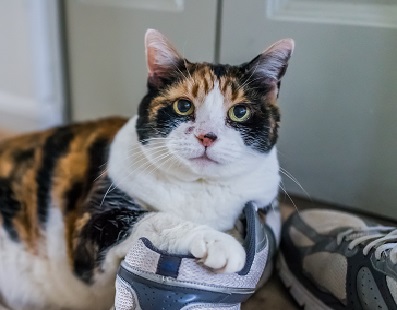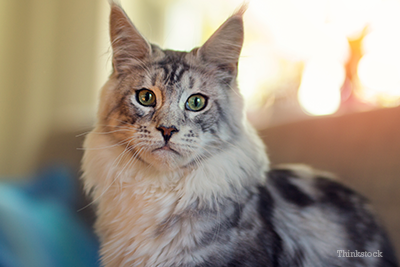mast cell tumor cat life expectancy
Other dogs will develop a rapidly growing tumor that changes dramatically in a few short days to weeks. Visceral MCTs most commonly affect the spleen and account for 15 to 26 of all feline splenic neoplasms.

Mast Cell Tumor Mastocytoma In Cats Petmd
Tumor development and with a shorter life expectancy of less than 4 months following surgery.

. The tumors are thick patches or lumps that can have hair. The spleen is a filtering organ that contains red blood cells and white blood cells including mast cells. Feline mast cell tumors are commonly found in the head neck and limbs.
Symptoms of Mast Cell Tumor in Cats. Assuming the mast cell is in a place where it can be completely removed through surgery including a wide margin to account for cancer cells not seen there is a 90 100 chance the tumor will not recur. Any lump or bump on your dog should be looked at by a veterinarian.
High-grade mast cell tumors have been associated with shorter time to metastasis or new tumor development and with a shorter life expectancy of less than 4 months following surgery. The median survival rate after splenectomy is 14 months versus four to six months if the spleen is left in place. Catsmiddle-aged 89 years of age for mast-cell tumors affecting the skin known as cutaneous mastocytoma and older cats for mast-cell tumors found in the intestines or spleen.
Mast cell tumors are also sometimes referred to as mastocytomas. These basal cell tumours are a type of cat skin cancer but are thankfully quite rare. The prognosis following diagnosis of a MCT is highly variable.
For low-grade mast cell tumors of the skin that are removed promptly and completely the prognosis is generally excellent. Theyre usually seen around the neck head ears and shoulders forming as solid lumps beneath the skin however they are mostly benign. Cats with a mast cell tumor in the spleen typically do much better than cats with a tumor in the intestine.
Because of differences in the clinical and pathologic features of canine and. See Canine Mast Cell Tumor. Visceral mast cell tumors MCTs are a common neoplasm in cats and have been reported to cause up to 50 of all feline mast cell tumors.
Mast cell tumors in dogs have different grades or levels of severity and the life expectancy can vary from as little as a few months with an average of 4 to 6 months in a grade iii tumor to years with a grade i tumor. A mast cell tumor MCT is a tumor that originates from mast. Approximately 15 of cats with abnormal or diseased spleens are diagnosed with splenic MCT.
While a cytologic or histologic diagnosis is often easy to obtain the various histologic classifications lack of a. Life expectancy of dogs with mast cell tumours. MCTs are the most common splenic tumor second most common skin tumor and third most common intestinal tumor in cats.
Mast cell tumors have a tendency to affect older cats over 10 years of age and are especially prevalent in siamese cat breeds. This is not to say that the cat is cured with splenectomy but this procedure will free the cat from the bulk of the mast cells quickly and allow some time until the tumor regrows. What Is a Mast Cell Tumor in Cats.
Treatment and prognosis can vary dramatically with location and histologic classification. Canine mast cell tumors incidencecause. Catshistiocytic form of mast-cell tumors of the skin cutaneous mast-cell tumor occurs in young cats mean age of 24 years.
The disease occurs in middle-aged or older cats. Cats with tumors 2 to 3 cm in diameter have a median survival time of about 2 years Cats with tumors less than a 2 cm in diameter have a median survival time of over 3 years The prognosis will always be worse the larger the diameter of the tumor. It is dependent on many factors including how aggressive the tumour is grade and whether or not there is evidence of spread stage.
Cats with visceral mast cell tumors often dont have so good an outcome but live an average of a year with combination therapy ie. The median survival rate after splenectomy is 14 months versus four to six months if the spleen is left in place. Mast cell tumors in dogs have different grades or levels of severity and the life expectancy can vary from as little as a few months with an average of 4 to 6 months in a Grade III tumor to years with a Grade I tumor.
Mast cell tumors MCTs are the second most common skin tumor in cats. Mast cell tumors can be benign non-cancerous or malignant cancerous and have varying degrees or ratings. Some dogs will be diagnosed with a mast cell tumor when a lump thats been present for many years is finally tested one day.
For cats with Grade III mast cell tumors the prognosis is poor with surgical excision alone and less than 10 percent of affected animals survive for 4 years. With early detection and treatment the life expectancy is improved. The histiocytic type of skin mast cell tumor in cats is seen primarily in Siamese cats younger than 4 years old.
The mast cell tumor dog life expectancy is variable depending on the grade of the mast cell tumor and the location. It can be nearly impossible to determine the chicken or egg in those cases. This cancer has the potential to spread to other organs as well eg the liver lymph nodes bone marrow lungs and less commonly the intestines.
If your cat has cutaneous mast cell tumors it can recover and lead a normal healthy life after surgery. Many of these low-grade tumors never recur or spread once removed. The life expectancy of a dog with an aggressive tumor that has spread to other parts of the body mediatized is roughly 4 to 6 months.
For cats with Grade II mast cell tumors there is a wide spectrum of biological behavior but approximately 50 percent of affected cats survive for 4 years without tumor recurrence. Those with a small diameter will show longer periods of remission and longer survival time. Most cats live many years post surgery.
Grading helps to determine whether local treatment most Grade 1-2low-grade mast cell. Surgery chemotherapy and supportive care. It is very hopeful if the tumor is small easy to remove and cancerous cells havent spread far away from the.
Mast cell tumors have a tendency to affect older cats over 10 years of age and are especially prevalent in Siamese cat breeds. Nonepitheliotropic skin lymphosarcoma may occur as either single or multiple tumors that are most likely to develop on the trunk of cats. Visceral MCTs often affect multiple organs and may involve the spleen liver and intestines.

Feline Cutaneous Mast Cell Tumors

Mast Cell Tumors Mct In Cats And Dogs Cancer In Pets Texvetpets

Mast Cell Tumors In Dogs Is It Always Cancer Whole Dog Journal
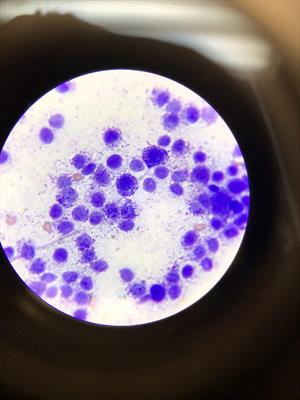
Mast Cell Tumors In Dogs And Cats Veterinary Partner Vin
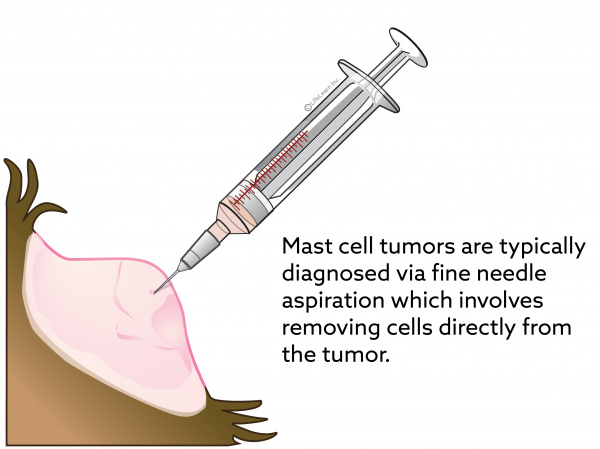
Mast Cell Tumors In Cats Vca Animal Hospital

Mast Cell Tumors In Cats Trinity Pet Hospital Veterinarian Laguna Hills
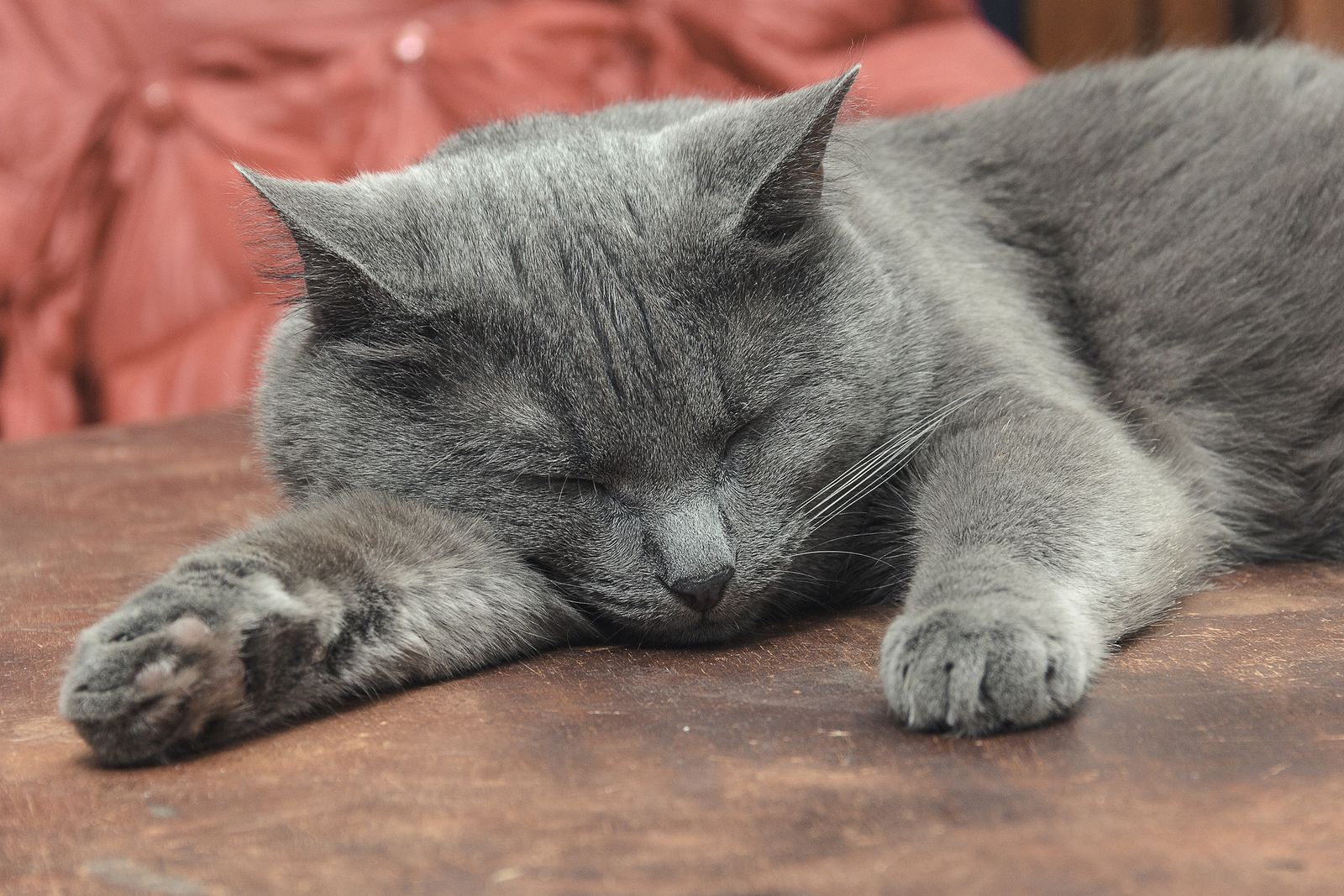
Mast Cell Tumor Mastocytoma In Cats Veterinarian In West Des Moines Ia Ashworth Road Animal Hospital

Mast Cell Tumours International Cat Care

Mast Cells Tumors In Cats Youtube

What You Need To Know About Dog Cancer Symptoms And Treatment

Mast Cell Tumors In Cats Symptoms Diagnosis Treatment Innovet Pet

Mast Cell Tumor Dog Life Expectancy Mast Cell Tumor Dogs Dog Cancer Tumors On Dogs
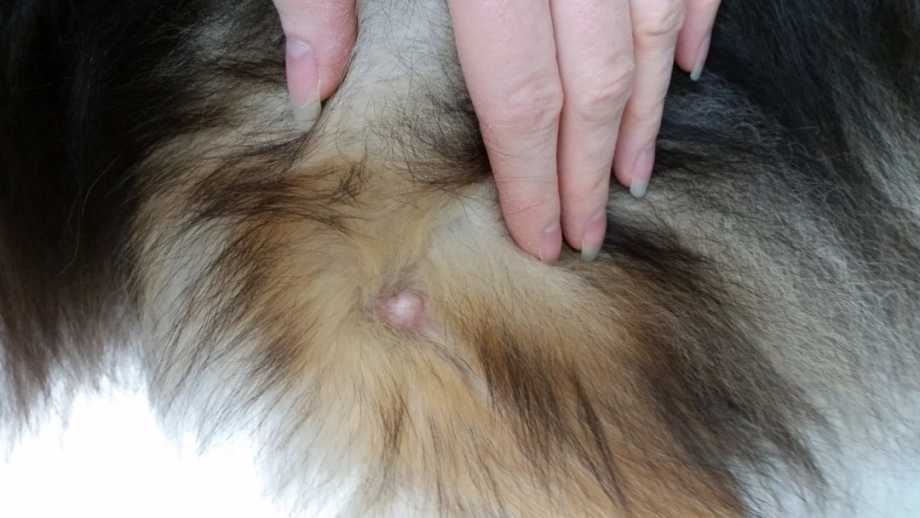
Mast Cell Tumors Mastocytomas In Dogs Small Door Veterinary

Mast Cell Tumor In Cats Symptoms Causes Diagnosis Treatment Recovery Management Cost

Animal Surgical Center Of Michigan Veterinarian In Flint Mi


